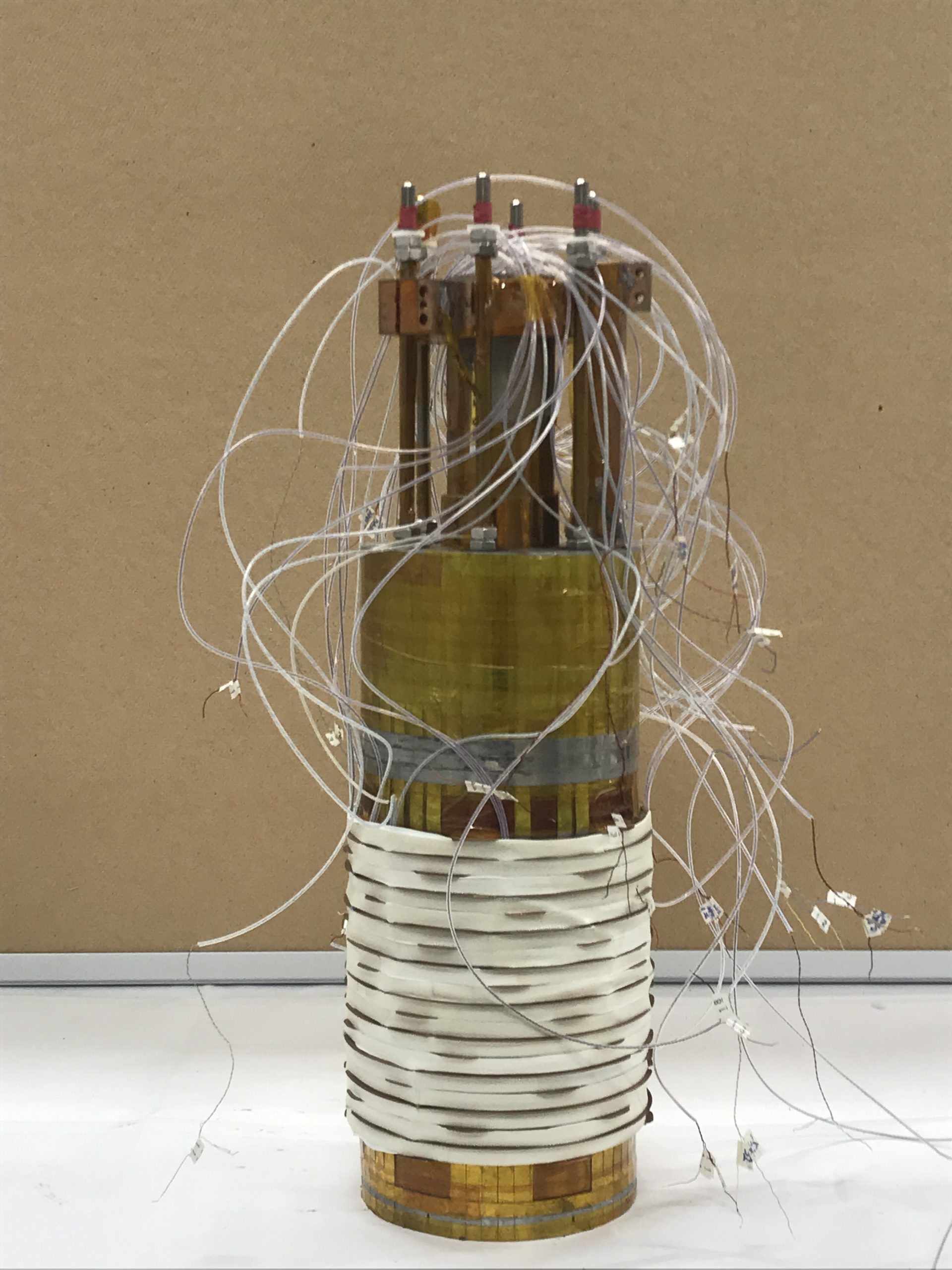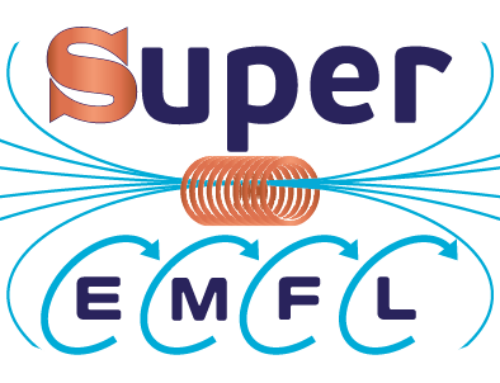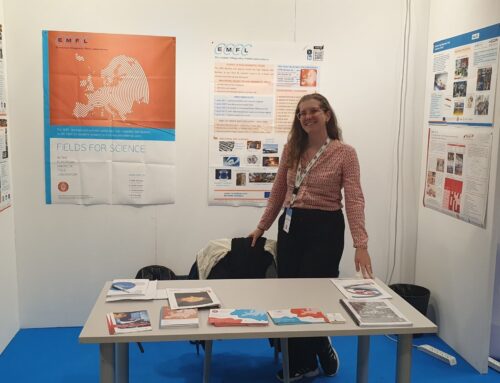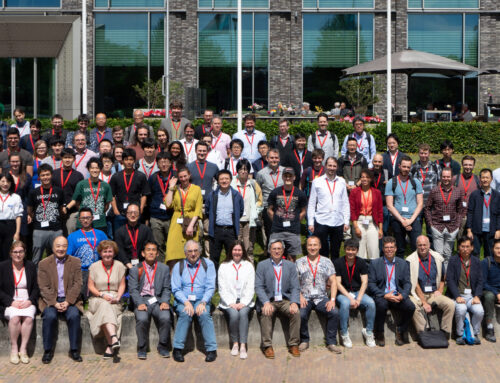The primary objective of the EU funded design study SuperEMFL is to add an entirely new dimension to the EMFL through the development of all-superconducting user magnets at unprecedented field strengths of 40 T and beyond, granting the European high-field user community access to such high superconducting magnetic fields, more magnet time, and novel low-noise high-sensitivity capabilities, whilst at the same time reducing operating costs and the EMFL environmental impact. SuperEMFL aims to develop a conceptual design report addressing all key questions concerning the technical and conceptual feasibility as well as the maturity of a major upgrade of the EMFL facilities based on the development of the high-temperature superconductor (HTS) technology. In this manner, SuperEMFL addresses both the scientific, organizational, and technical work to provide data, drafts, and plans for the construction, efficient implementation, and the conceptual work to fund and coherently integrate such magnets in the existing facilities.
The 48-months SuperEMFL design-study project contains several specific components:
> Define appropriate specifications such as homogeneity, stability and bore size according to the users’ requirements with two targets: a 32+ as well as a 40+ T all-superconducting user magnet.
> Produce a complete design including a failure-mode analysis and a risk assessment of these all-superconducting user magnets.
> Develop the complete characterization and electrical, thermal and mechanical qualification of the HTS conductors and test coils. SuperEMFL will include characterizing industrial HTS conductors in an extensive manner giving a decisive advantage to the European companies involved in SuperEMFL.
> Demonstrate the feasibility concerning technological challenges through modeling and tests.
> Develop requirements for fabrication in an industrial environment.
> Prepare a funding roadmap to implement the magnets.
The EU Horizon 2020 program INFRADEV aims to support the development of world-class research infrastructures which will help Europe to tackle grand challenges in science, industry, and society. It facilitates and supports the implementation and long-term sustainability of the research infrastructures identified by the European Strategy Forum on Research Infrastructures (ESFRI) and of other world-class research infrastructures.
In the SuperEMFL project, the following partners are involved:
> Centre National de la Recherche Scientifique (FR)
> Helmholtz-Zentrum Dresden-Rossendorf e.V. (DE)
> Radboud University (NL)
> Commissariat à l‘Énergie Atomique et aux Énergies Alternatives (FR)
> European Magnetic Field Laboratory AISBL (BE)
> Université de Genève (CH)
> Universiteit Twente (NL)
> Institute of Electrical Engineering, Slovak Academy of Sciences (SK)
> Theva Dünnschichttechnik GmbH (DE)
> Oxford Instruments Nanotechnology Tools Limited (UK)
> Bilfinger Noell GmbH (DE)
The kick-off meeting was held on January 25th, 2021.

Photo © Jung-Bin Song/ LNCMI-G
HTS insert magnet with its instrumentation wiring before mounting on the characterization probe.




